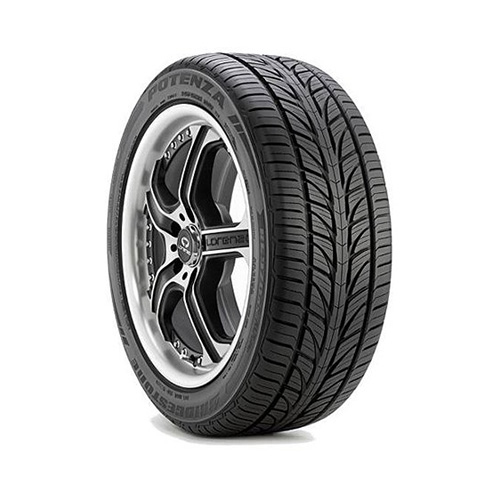Although manufacturers define the lifespan of a tire, here we will show you how to detect wear and how to take care of the tires to use them longer without risk.
If properly maintained, tires can perform adequately for a considerable time. However, if the car no longer responds as it used to or vibrates more than necessary, it may be time to change them. What puzzles us a bit is knowing when is the right time to do it.
We are going to analyze here some aspects that will help us discover how many miles a tire lasts before it is necessary to replace it. Although there is no exact way to know in advance how long a tire will last, we can take into account some factors that will extend the life and mileage of a tire.
Their design, the driver’s habits, the weather, the conditions of the traffic routes and the way they are cared for are some of the variables that will allow us to use them for longer.

In a small car with a gasoline engine, for example, it is estimated that to reach the 1/16” measurement, an average of between 15.000 and 18,000 miles must be traveled. One fact: this is for the front tires, which bear the greatest load. Rear tires can double that mileage. To achieve an average life of the four wheels that is around 36.000 miles, it is necessary to go to a specialist who rotates the tires, that is, to pass the two from the front to the back and vice versa.
To achieve an average life of the four wheels that is around 37.000 miles, it is necessary to go to a specialist who rotates the tires, that is, who passes the two from front to back and vice versa In the case of tires with harder compounds, it is possible to achieve up to 31.000 kilometers of running time on the front axle with the type of use where there is a lot of highway and a softer than sporty driving. As they usually last longer on the rear axle, when rotating, they can last up to 50,000 miles.


When we talk about the useful life of a tire, we have to look at two things: the depth of the tread of the central treads and the health of the rubber itself. First of all, a tire must have a depth equal to or greater than 1/16” in the treads of the rubber. Reaching that depth point will depend on certain factors, which in turn change depending on the type of vehicle.






Leave a Reply
You must be logged in to post a comment.